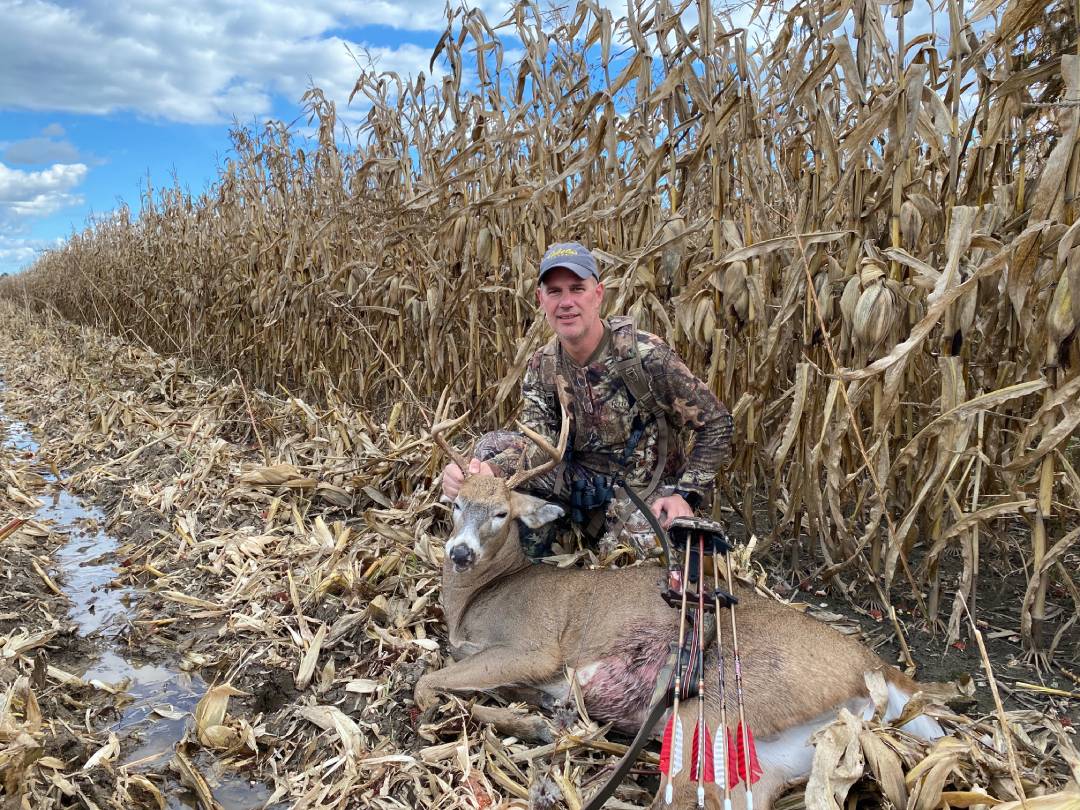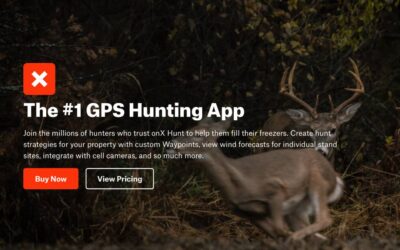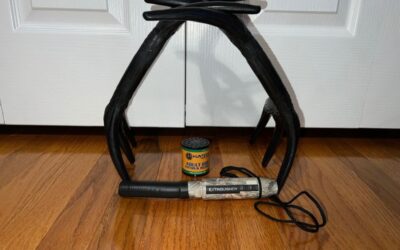This article may contain affiliate product links. I may receive a commission from sales. However, there is no extra cost to the buyer for using my affiliate link.
Using my affiliate links helps support The Whitetail Teacher and allows me to deliver more content to help you become a better whitetail deer hunter.
I want to start by stating this article is not for the whitetail hunters that want to go into the woods occasionally, during hunting season with a beer and sit in a box blind or ground blind.
That to me does not require hard work and dedication.
If you like to whitetail deer hunt in this way enjoy the outdoors and hopefully, you will still find success.
However, if you want to truly learn how to hunt whitetail deer and how to do it successfully year after year, then this article is for you and will be covering a lot of information that you will need to know to become a successful whitetail deer hunter.
The Basics
We should start by laying down a solid foundation of understanding how to hunt white-tailed deer before diving deeper into specific strategies.
The Phases of the Hunting Season
There are 5 main phases to every whitetail deer season that you should know. Each season offers its own opportunities for harvesting a deer of which you are proud.
Yet, each season is different and as you learn how to hunt whitetail deer successfully, you will want to learn how to hunt each different phase of the hunting season.
Phase 1: Early Hunting Season
Early fall hunting season begins in most states when the Youth Hunt begins. The Youth Hunt is one way that states promote hunting in young kids as they get an entire weekend to hunt themselves.
Occasionally, the Youth Hunt will be paired with an antlerless deer hunt for adults. They do this because the adults normally will be the ones taking the youth hunters hunting and may want to harvest an early season doe.
After the Youth Hunt, the normal hunting season will open to the public for bow hunting. This is still considered to be early hunting season.
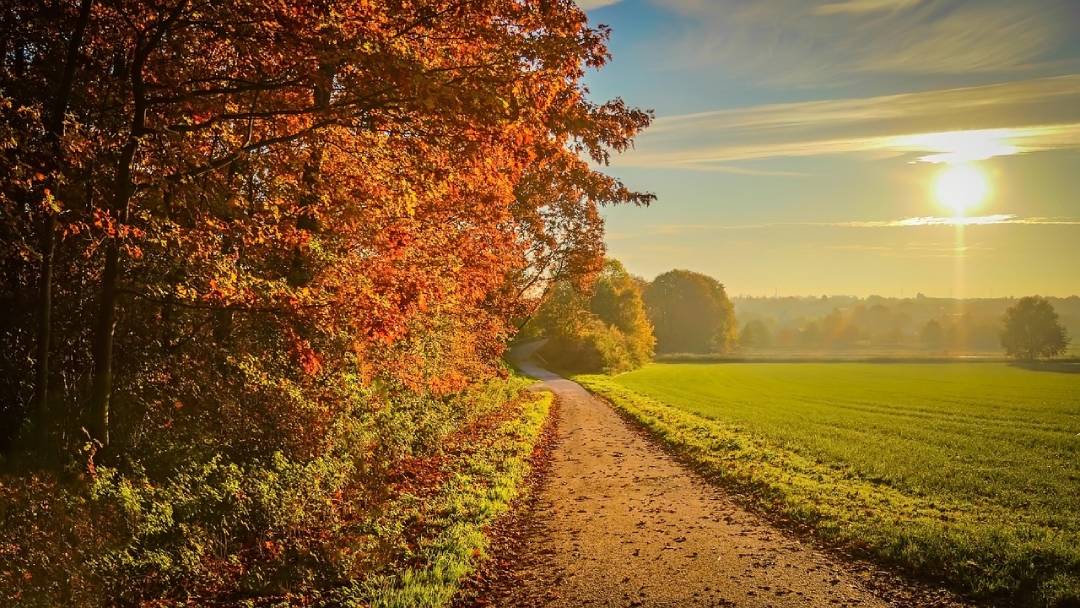
Strategies for Early Hunting Season
Whitetail deer are habitual animals. However, during the late summer and into the early hunting season, it is much easier to pattern their travel corridors and plan accordingly. I think that there is a lot of truth to the statement that whitetail deer travel from a main food source at night to bedding during the day.
While this does happen, it is not how you may think exactly. I know this because I used to struggle with this idea as well until I started truly studying the whitetail deer movement. The truth of the situation is that deer do not travel in a direct line from bedding or thick cover to a food source.
They will often wander from their beds to this acorn patch to a staging area and so on till they eventually reach the main food source.
Mature bucks will be the ones that take the longest to get to a main food source because they are smart and know that showing up in a big food plot early in the afternoon will get them killed. You have the best chance to catch a nice buck on a small deer trail or in staging areas to harvest them in the early season.
Bachelor Groups
A bachelor group is a group of 2-6 whitetail bucks that will travel and bed together. These groups form in the summer and will continue to be prevalent until testosterone levels rise. This brings us to our next phase in the whitetail hunting season, the pre-rut.
Phase 2: The Pre-Rut
The pre-rut is a beautiful time to be a whitetail deer hunter because of the number of opportunities to catch a mature buck making a mistake.
Before the pre-rut is fully happening, whitetail bucks will break out of their bachelor groups and will start to establish a pecking order of dominance. This pecking order will result in mature bucks getting the most resource-rich areas for food sources, water sources, bedding areas, and most importantly breeding rights.
Now that the seeking phase or pre-rut is happening, as a hunter, you have a lot of options to trick these bucks into bow range.
Strategies for the Pre-Rut
There are many ways that as you learn how to hunt whitetail deer you can manipulate whitetail bucks to get the shot of a lifetime.
The main ways that I use and would recommend learning how to utilize yourself would be rattling and grunting. (In this article I will not go into detail about these tactics)
Learn More >>> How to Rattle in Big Bucks
Learn More >>> Whitetail Deer Sounds & How to Communicate with Deer
You will also want to position yourself in different locations as the pre-rut is happening. One of the best spots to be hunting during this time of year is pinch points, water sources, and on heavily beaten down trails.
As the testosterone levels in the woods begin to rise, the fighting, rubbing, and scraping will begin to increase as well.
Learn More >>> Whitetail Buck Rubs & What They Mean
Young bucks are beginning to try to find a hot doe and because they are young, they are dumb. The younger bucks may begin leaving scent in all sorts of places to establish that they have been in the area and are searching for a doe in estrus.
This is an important part of learning how to hunt whitetail deer because as you grow as a hunter, you will want to target a mature buck instead of a young buck.
Young bucks have completely different deer travel patterns than mature bucks.
Mature bucks on the other hand tend to act in direct opposition to young bucks. Since they are smarter, they will oftentimes continue to stay well hidden and make more aggressive markings in their home range.
As you learn how to hunt whitetail deer, you will want to study the times when you see mature bucks because you can often learn quite a lot from observations.
As we transition out of the pre-rut and into the chaos that is the rut, there are a few things that you will want to know.
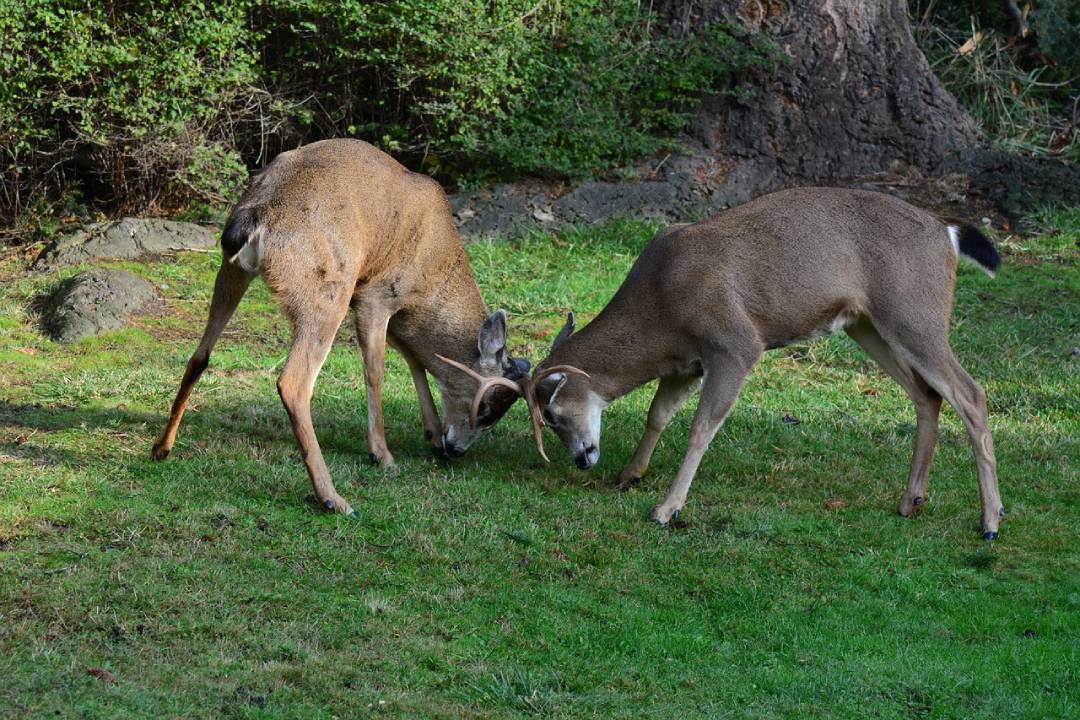
Phase 3: The Rut
The rut is a wild time to be a whitetail deer hunter. Some states have gun hunting now open, the bucks are in complete search to breed every and any doe they can find in estrus, and mistakes will be made in daylight by mature bucks. I want to highlight some of the major changes that can occur as you shift from the pre-rut to the rut.
For starters, there is something called a lockdown phase.
The Lockdown Phase of the Rut
What many hunters do not want to acknowledge is that while the rut can be a great time to be a hunter, it can also be extremely frustrating. The lockdown phase of the rut is the time when bucks will not leave the side of a doe in estrus until they breed the doe.
There was a specific time when I watched a mature buck stay in the middle of a cornfield with a doe for two entire days.
There was no getting to that buck and trying to place a good shot.
Learn More >>> Deer Anatomy (Ethical Shots)
This is what the lockdown phase is and can be the reason that you may not see countless bucks during the rut. Nevertheless, if you find yourself not seeing bucks during what you believe to be the peak of the rut, find does!
When the peak-rut season is on, the bucks can be found close to the does. Another great hunting area during the rut is near a water source. This is because as bucks are chasing does, they will need to rehydrate often.
As the rut begins to fade and many of the does have been through their estrus cycle, bucks will shift into a quick recovery mode. This recovery mode can be a great time to be hunting over water sources, bedding areas, and food sources like the early season.
However, the rut is not completely over because there is a special time that takes place about a month after the rut begins.
Phase 4: The Late Rut
After many of the does have gone through their estrus cycles for the years, there are a few of the yearling does that will come into heat a month later than the rest of the herd. This will cause what hunters like to call the second rut. You can hunt it similarly as you would the normal rut.
Yet, it is harder to find the doe that is in heat at that moment. The late rut is a hit or miss depending on the herd and the way that they come into estrus. There are many possible scenarios that can happen during the late rut.
After the late rut, the mindset of all the deer in the herd switches from breeding to survival of the winter to come.
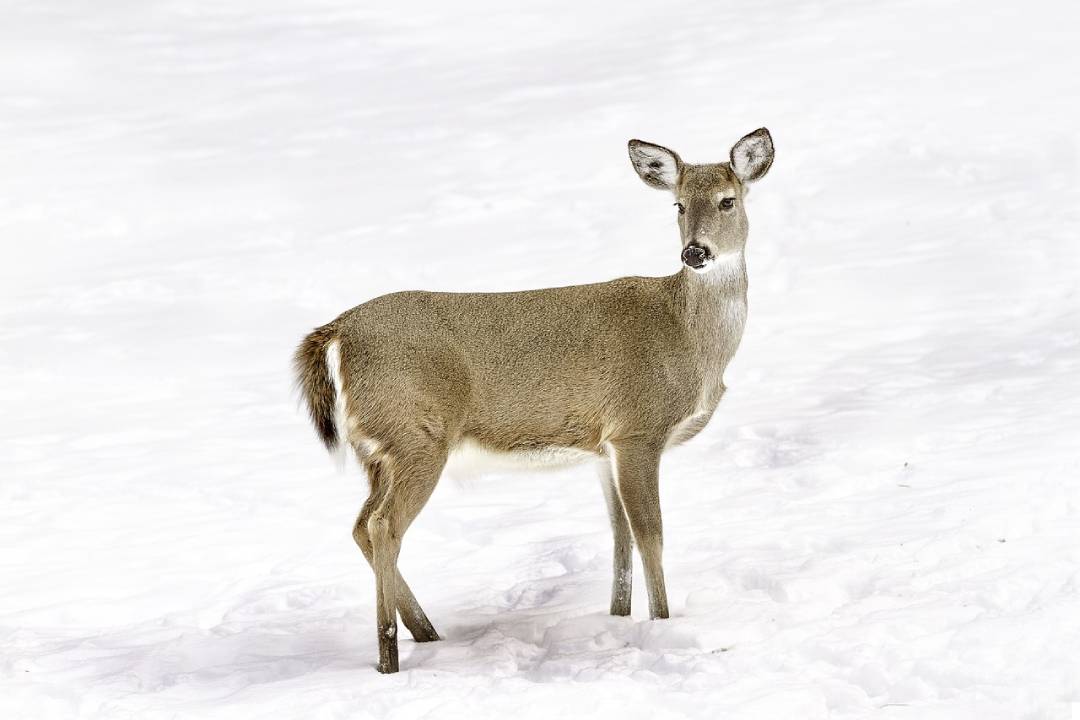
Phase 5: The Late Hunting Season
The late hunting season is the least hunted time of the hunting season because deer are harder to find, the Christmas season is happening, and hunters think that if they haven’t already capitalized, it cannot happen in the late season.
Well, here is the truth about the late hunting season. It is very possible to harvest your first deer of the year in the late season.
Learn More >>> 101 Perfect Hunting Gifts for Whitetail Deer Hunters
You may need to change the way that you are planning for your hunting grounds.
For starters, deer need more rest as their bodies need to recover from the rut. As you begin to learn how to hunt whitetail deer, you will notice that deer will spend lots of time bedding and feeding as close to bedding as possible during the late hunting season.
Deer also tend to migrate to swamps and pine trees during the winter as they have more warmth from the sun than the ridges.
During the late hunting season, I often times will hunt from the ground level in dead falls because of the thick cover that they offer.
Whereas, an elevated position when the leaves are gone will result in the deer having a good view of your silhouette.
Learn More >>> How to Hunt Late Archery Season
Now you know the main 5 phases of the hunting season that will be crucial as you begin to learn how to hunt whitetail deer.
Now that you have a good idea of what the main phases of the hunting season are, let us dive into the resources that you want to look for as you are learning how to hunt whitetail deer.
Private Land Vs Public Land
Before we can jump into the best ways to find a quality ambush location, I want to recognize the differences between private land and public land.
Private Hunting Land
Private land is a great asset to have as you are learning how to hunt whitetail deer. This is mainly because you can try new products, such as different calls, set up tree stands wherever you like, and most importantly, you get to control the amount of hunting pressure that you place on that piece of land.
When you can manipulate the deer on a piece of land, your odds of having a successful harvest go up exponentially. In this article, I will not be going into detail about how to manipulate a piece of private hunting property.
Learn More >>> How to Find Whitetail Sanctuaries on Public Land
When it comes to private hunting land, you will have a much easier time managing the whitetail deer herd to your liking. As you will be able to control the amount of hunting pressure, food plots, mock scrapes, hunter movement, and many other tactics that can be controlled on private hunting land.
The other major difference between public hunting land and private hunting land is the number of agricultural fields that you will find on private hunting land.
Oftentimes, hunters who have access to private hunting land are owned by farmers that own agricultural fields with small plots of wood in between the corn fields, bean fields, and alfalfa fields. These fields tend to be open areas that can offer great places to have a lookout for tree stands for scouting purposes.
This can create better resources for deer to survive. With an increase in the survival rate of deer due to the rich recourses, there tend to be more dense populations of whitetail deer on farms and private hunting land.
Public Hunting Land
Public land is much more difficult to harvest a mature whitetail buck on because you have almost no control over what happens on that land except how you hunt it (Some states do allow hunters to bait). This does not mean that hunting public land cannot be a great place to harvest mature deer.
Learn More >>> Lone Wolf Custom Gear 0.5 Public Land Stand Review
Hunting public ground can help you grow as a whitetail deer hunter immensely since you must find the food source (oftentimes not agricultural fields) and you must find the bedding areas in which deer are traveling.
One way that you can speed up the learning curve of how to hunt whitetail deer on public land is by using a great quality hunting app to read topo maps, get information on deer in your area, and continue learning how to hunt whitetail deer.
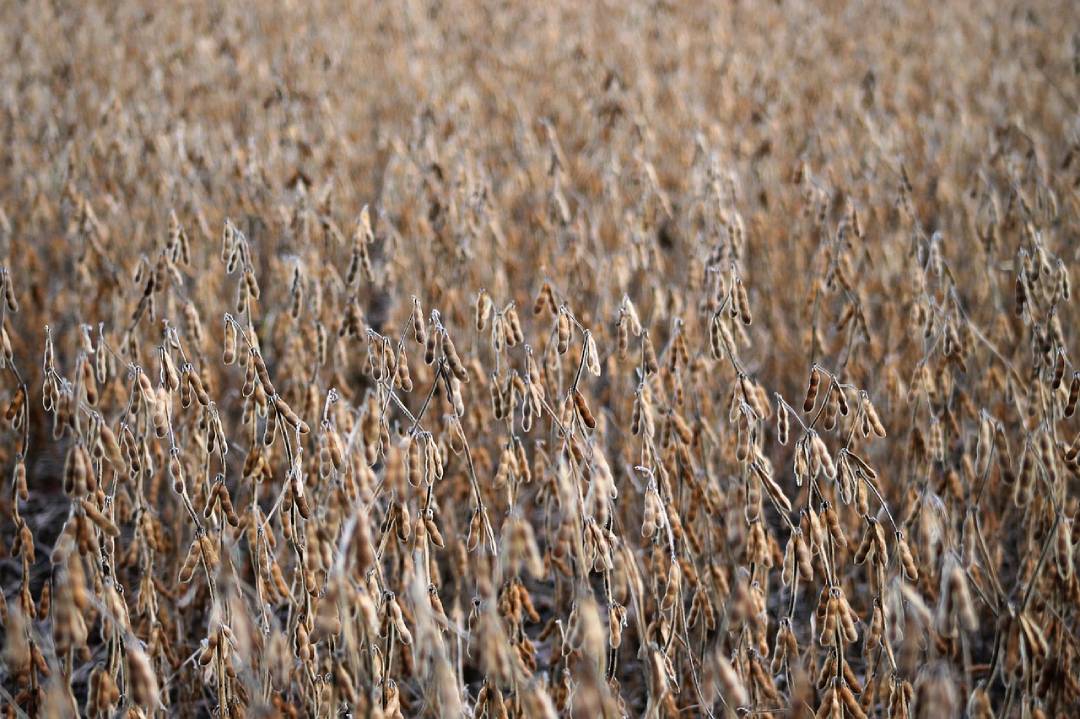
How to Hunt Whitetail Deer over Different Food Sources
There are many different types of food sources that whitetail deer will use as a resource. Some of the main food sources to look for while scouting and hunting whitetail deer are corn fields (also good for cover), soybean fields, alfalfa fields, oak tree clusters that produce acorns (specifically white oaks), and other browse that deer will much on in the meantime.
While it is common to find a lot of deer feeding in a soybean field in the early hunting season, it does not stay this way for too long. As you learn how to hunt whitetail deer, you will find that as the hunting season progresses, the food sources that deer use will change.
Take notes of what you observe during your first years of hunting as you learn how to hunt whitetail deer because this will help you understand how deer movements will shift throughout the course of the hunting season.
Alfalfa fields tend to be good for early-season hunting. Soybean fields tend to be good for the early season and being of the pre-rut. Corn fields are a great cover and food source until harvested.
Acorns are great once they fall and can be a good food source for public land where food sources are more scarce than agricultural fields. Browse will be eaten all year long as deer travel.
Scent Control
Scent Control is a necessity as you learn how to hunt whitetail deer, you will hear lots of things about scent control and how to completely illuminate your scent from the woods. I will be the first to tell you that yes scent control is important. But no, a specific product will not eliminate your scent from the woods.
The whitetail nose is extremely efficient and can sniff anything out. However, when you control your scent, you are doing everything you can to put the odds in your favor to have a successful harvest. During a hunt, anything can happen with wind shifts, where deer approach your stand, and swirling winds.
There are plenty of ways that your scent can become an issue if you do not plan accordingly using a proper scent-controlling process. I like to use a scent-free shampoo and conditioner in the shower, scent-free body wash, and scent-free laundry detergent.
Right before I leave for the woods from the car, I like to use a scent-free field spray. I recommend using the complete phase system as they create great quality products that help control your scent.
Dominant-buck scents are a great way to cover your scent during the peak rut.
Learn More >>> 11 Best Cover Scents for Whitetail Deer Hunting
Learn More >>> 21 Best Scent Killers for Whitetail Deer Hunting
Wind Direction
One of the most common ways that deer hunters make mistakes is by not playing the wind correctly. They will sit in the same stand regardless of the wind direction which is one of the worst things that a hunter can do because of how it affects the overall movement of the whitetail deer herd.
When a deer can smell a predator, it makes them on edge and even can spook the mature bucks into becoming completely nocturnal.
When you alert deer of your presence in the woods, you can cause the entire herd to start coming into food sources later than usual and make it difficult to have a successful harvest.
When you are planning a hunting trip the night before, you will want to ensure that you are on the downwind side of the location you expect to get an ethical shot.
A good rule of thumb is to have the wind at your face if you are hoping to harvest a deer that is in front of you.
Scouting Efforts
Half of learning how to hunt whitetail deer is getting in the woods and constantly trying to improve and learn new things.
However, at some point, you will know a property like the back of your hand, especially private property, and to continue to grow, you will have to hunt new property.
This is where scouting becomes a crucial part of learning how to hunt whitetail deer. A great way to scout new land is by utilizing technology to help pick spots that seem good to go put boots on the ground and look for signs of deer.
Learn More >>> 3 Best Whitetail Deer Hunting Apps
Learn More >>> How to E-Scout for Whitetail Deer
One trick that I have been learning recently for scouting new land is that it is effective to do your scouting after a snowfall.
This will allow you to see where deer are traveling and bedding. This will allow you to locate bedding areas and possible food sources that deer are using.
In-Season Scouting
The D’AcQuisto family often talks about doing a lot of in-season scouting for “red hot signs.” What this does for a hunter is allow them to adjust during the hunting season to what the deer are doing at that very time.
I like this style of hunting especially for public land when hunting pressure can change, deer can be very wary, and many other variables that can change the movement of deer on public land.
When to Hunt Whitetail Deer
As you start to hunt whitetail deer, you most likely will want to optimize the time spent in the woods by properly hunting when your chances of success are at a high point.
One of the best times to hunt whitetail deer is during the early and light daylight hours. This is because Odocoileus virginianus (whitetail deer) are crepuscular.
Crepuscular means that the animal spends a significant portion of their movement during dusk and dawn times.
Another great tactic is to hunt during cold weather. When the temperatures drop on cold days, deer will move more given their need for body heat.
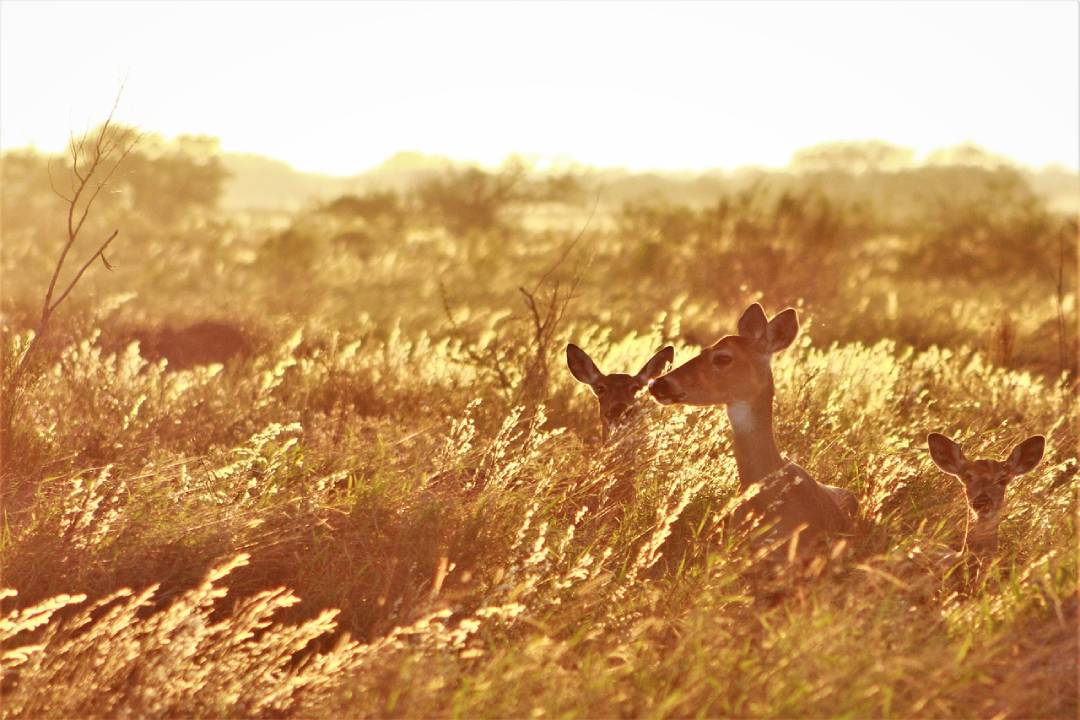
Trail Cameras
I do not want to spend too much time explaining how to use trail cameras. I just want to briefly mention how trail cameras can benefit you as a hunter.
While trail cameras are not the same as putting in the work to find great places. However, after you have found some hunting areas that you would like to possibly hunt, you can place a trail camera in that location to confirm the sign that you have previously scouted.
Learn More >>> 21 Best Trail Cameras for Whitetail Deer Hunting
Conclusion
After reading this article, I hope that you have a basic understanding of how to hunt whitetail deer. This information is the basics to learning how to hunt whitetail deer from a strategic standpoint.
There are many more aspects to hunting. However, if you can continuously learn and follow these basics, you should see deer and have an opportunity to have a successful hunt.
Thank you for visiting The Whitetail Teacher! If you enjoyed this post, make sure to share it with a friend. If you have any questions or recommendations for new blog posts, please use the contact form.
If you are new to The Whitetail Teacher Welcome! If you enjoy this article with friends and family members that hunt. You can also join our community by Starting Your New Journey Today! (3 Free PDFs with exclusive content from The Whitetail Teacher)
Learn, Plan, Execute,
The Whitetail Teacher

